

We develop AI features that directly impact conversions: personalized search, smart product recommendations, customer segmentation, and support automation. Get faster checkouts, higher LTV, and smarter ops — all built into your platform.
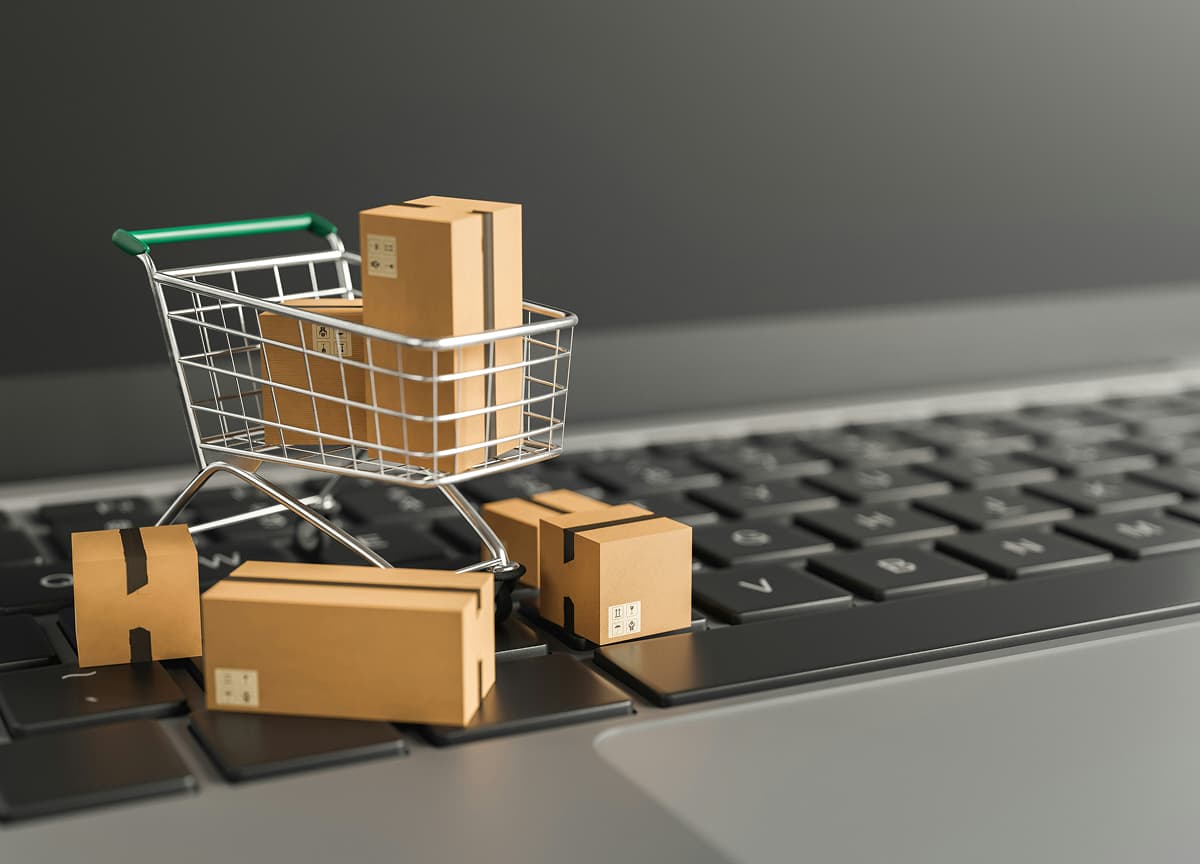


Give your business a tailored platform that ensures user-friendly shopping, secure transactions, shipping, inventory, production, and relationship management. Every aspect of your business can be seamlessly connected.
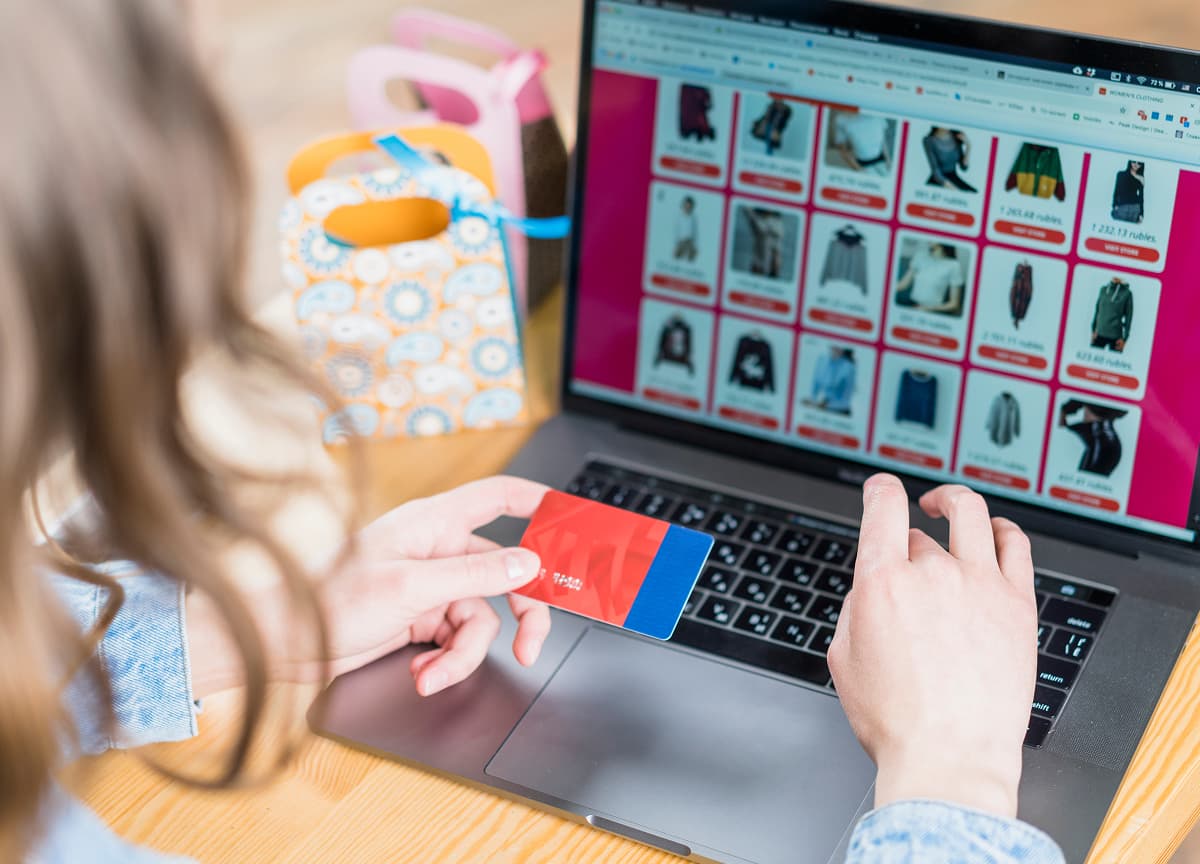


Transform your business with a custom mobile app, ensuring seamless shopping on the go, fortified security, and an opportunity to drive customer engagement that can’t be rivaled on any other platform.
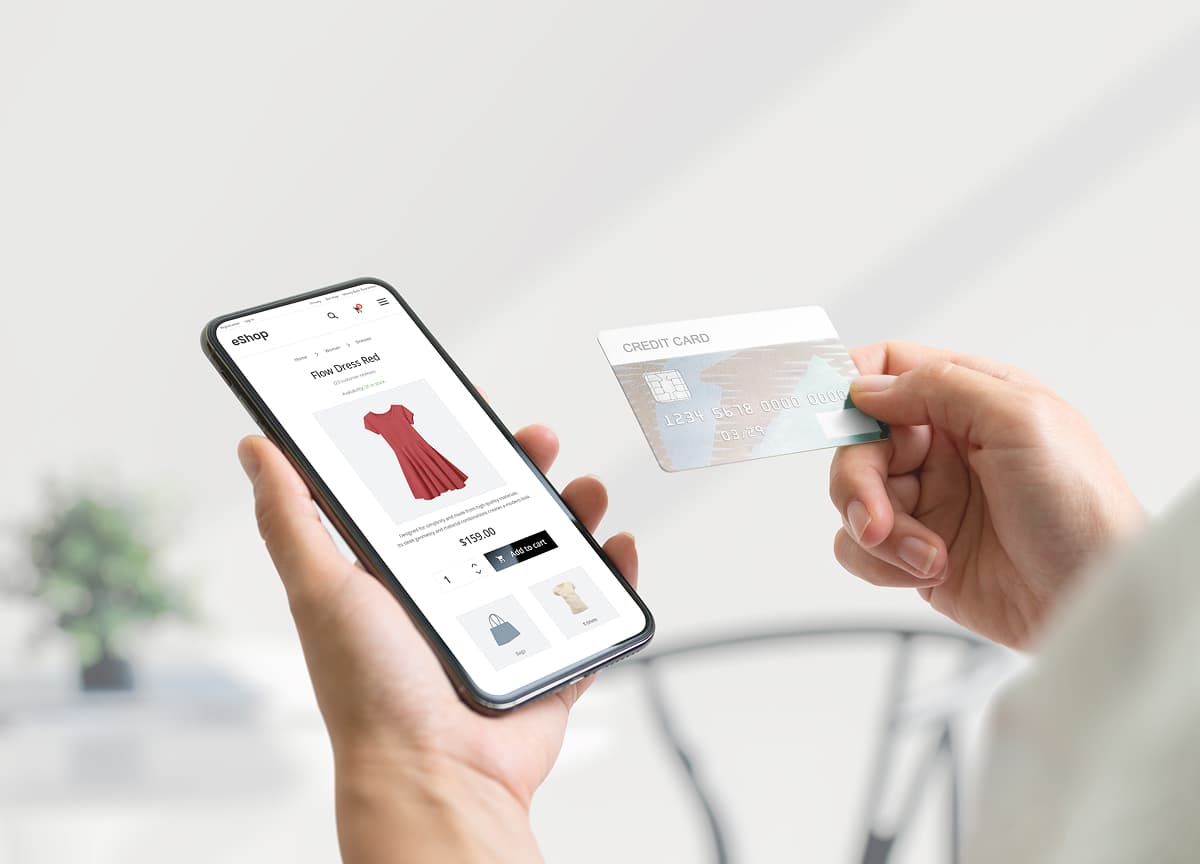


Empower your brand with dynamic eCommerce websites, merging user-centric, sales-driven design, robust security, and tools that make every customer interaction a pleasant one. We build sites your customers look forward to visiting.



Elevate your retail brand with cutting-edge digital solutions, seamlessly integrating in-store experiences with online platforms, ensuring customer convenience, and harnessing analytics for strategic growth. Experience retail reimagined for the digital age.



Elevate your online store by seamlessly transitioning to the superior platform you wish you were on. We ensure migration with minimal disruption while modernizing your digital storefront for optimal performance.



Harness the power of data. We craft systems that gather, process, and interpret data, revealing trends and insights to guide strategic business decisions and drive sales. Elevate your strategy with data-driven intelligence.



Elevate your customer journey with tailored experiences. Through analytics insights, behavior-driven web adjustments, and targeted personalization, we optimize checkouts, navigation, even abandoned cart recovery. Reimagine shopping with a seamless, omnichannel touchpoint strategy.
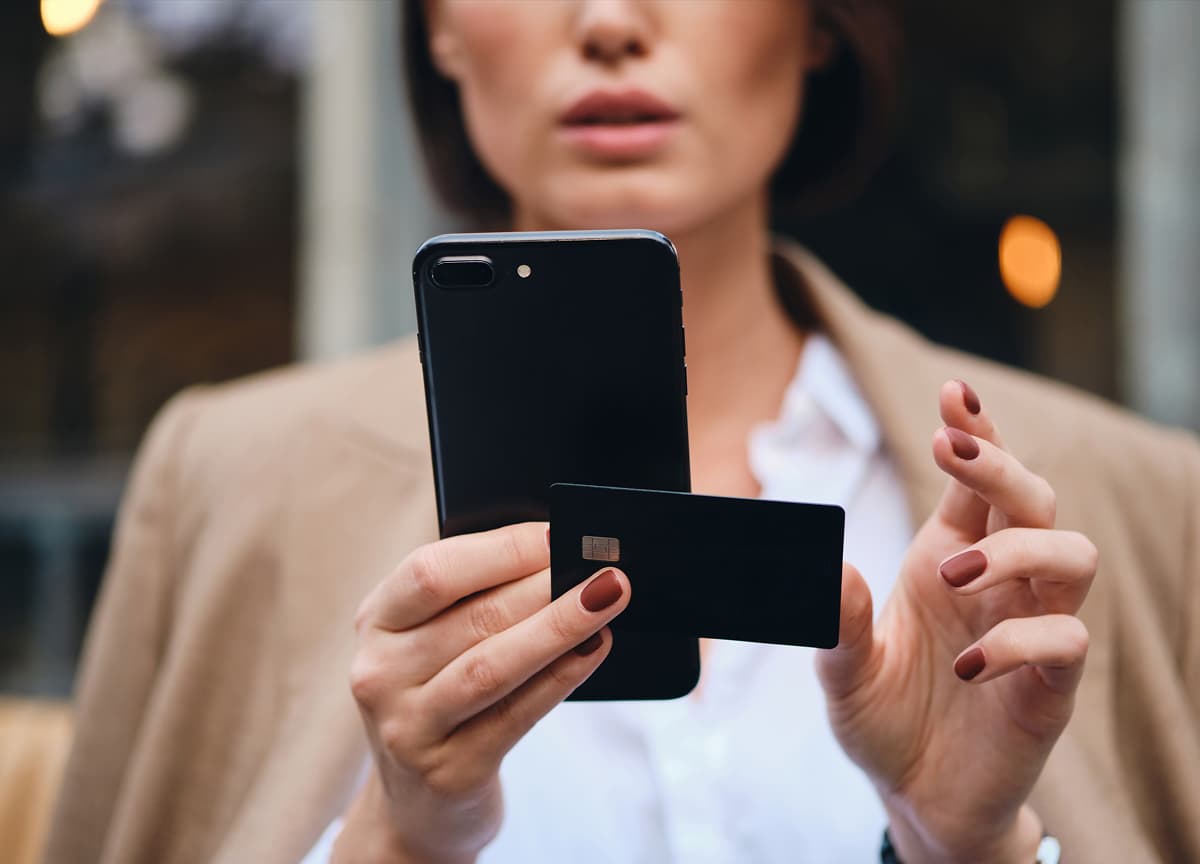


Craft a captivating online presence with our eCommerce web design services. Combining aesthetic appeal with user-centric functionality, we curate digital storefronts that entice, engage, and convert visitors into loyal customers.
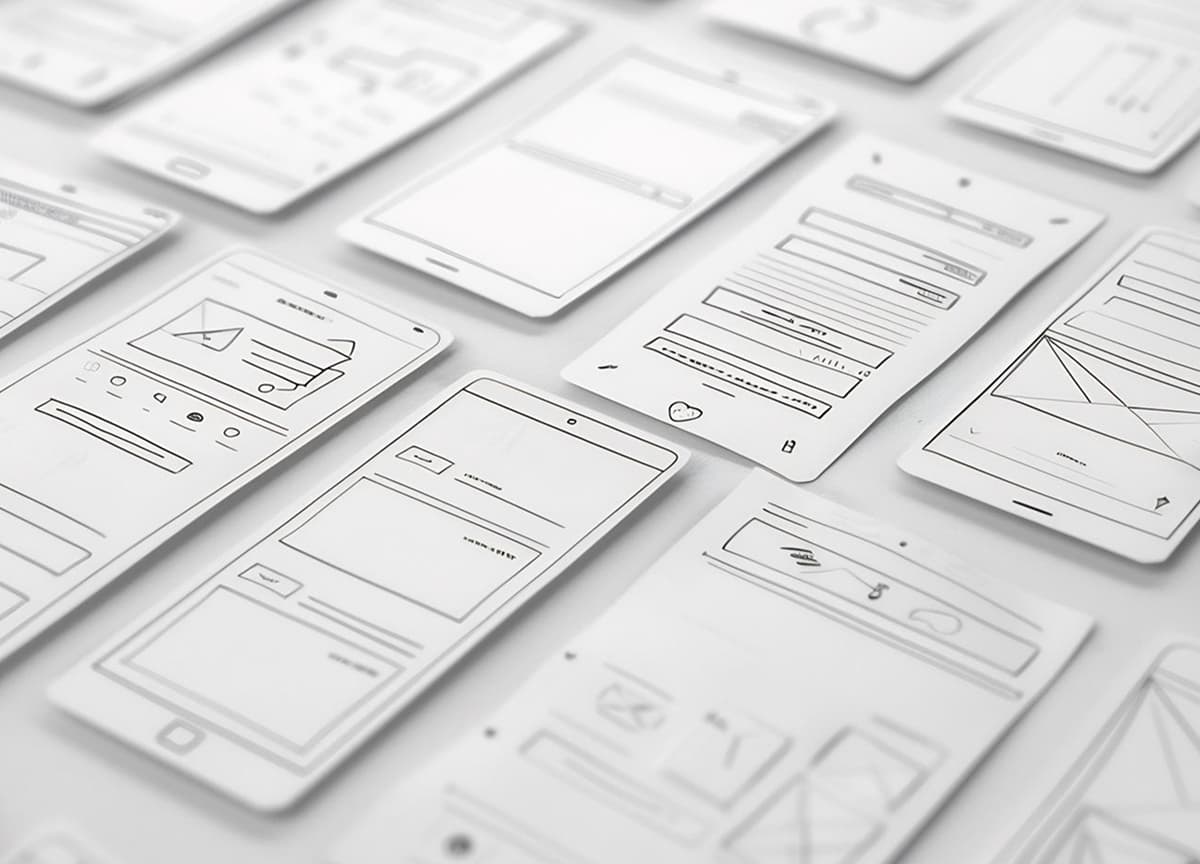


Navigate the digital landscape confidently with our tech and cybersecurity consulting. From selecting the ideal eCommerce platform to crafting a technology roadmap, and ensuring seamless IT integration, we protect your customers and guide you to your ideal vision of the future.
















12
years in eCommerce
software development
300+
successful
projects delivered
200+
software
development experts
70%
senior
experts
1M+
people use the eCommerce
apps & web stores we've created
No matter what skills your project requires, we have a team of developers that has them. QA Engineers, DevOps, Project Managers, Business Analysts, and of course, Developers - All the talent you need under one virtual roof.
While industry best practices guide us, we don’t do the status quo. We dive deep into your unique niche and operational data to deliver solutions that amplify growth, boost sales, and elevate the customer experience.
We specialize in crafting interfaces that not only resonate with your brand but also optimize user journeys, driving both business objectives and customer satisfaction.


Our eCommerce creations are more than just platforms. They ensure a smooth mobile experience, SEO-ready infrastructure, a unified cross-channel journey, swift load times, and the capability to manage extensive inventories and daily high-volume orders.
Rest assured, your platform is designed to securely manage data and transactions. With a keen focus on local compliance, threats like breaches and hacks remain at bay.
We're proud partners of global tech giants, including Microsoft, Adobe, Atlassian, and Amazon. These partnerships allow us to share access to their cutting-edge products and sandbox experiences.
Expect clear communication, timely updates through tools like Slack and Confluence, and genuine, constructive feedback. With comprehensive documentation, we ensure clarity and no hidden surprises.

No matter what skills your project requires, we have a team of developers that has them. QA Engineers, DevOps, Project Managers, Business Analysts, and of course, Developers - All the talent you need under one virtual roof.
While industry best practices guide us, we don’t do the status quo. We dive deep into your unique niche and operational data to deliver solutions that amplify growth, boost sales, and elevate the customer experience.
We specialize in crafting interfaces that not only resonate with your brand but also optimize user journeys, driving both business objectives and customer satisfaction.

Our eCommerce creations are more than just platforms. They ensure a smooth mobile experience, SEO-ready infrastructure, a unified cross-channel journey, swift load times, and the capability to manage extensive inventories and daily high-volume orders.
Rest assured, your platform is designed to securely manage data and transactions. With a keen focus on local compliance, threats like breaches and hacks remain at bay.

We're proud partners of global tech giants, including Microsoft, Adobe, Atlassian, and Amazon. These partnerships allow us to share access to their cutting-edge products and sandbox experiences.
Expect clear communication, timely updates through tools like Slack and Confluence, and genuine, constructive feedback. With comprehensive documentation, we ensure clarity and no hidden surprises.






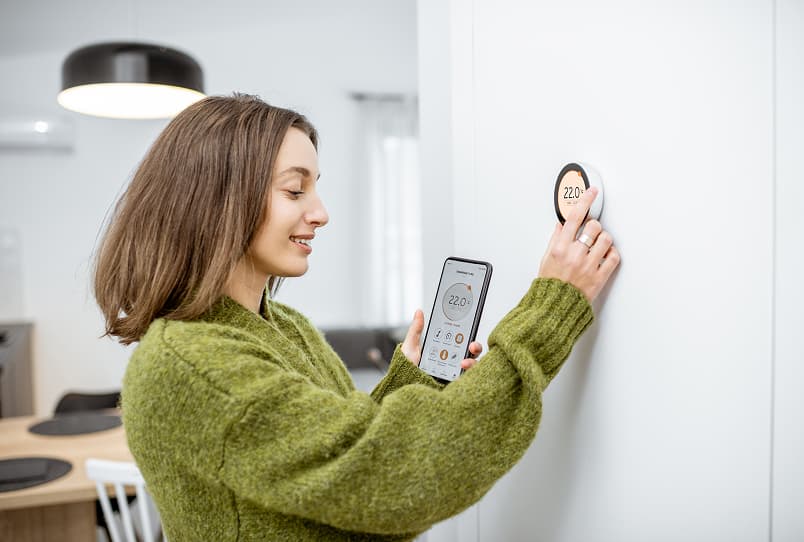



Supplement your existing capabilities by adding our skilled professionals. Boost your eCommerce potency immediately.

Your own specialized team, fully committed to your project’s success. Navigate your eCommerce challenges with expertise.

From idea conception to product launch, we'll handle everything and we’re with you every step of the way.





